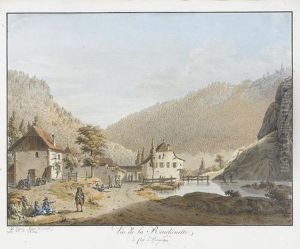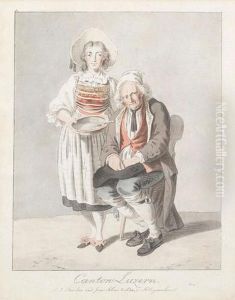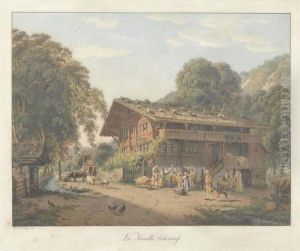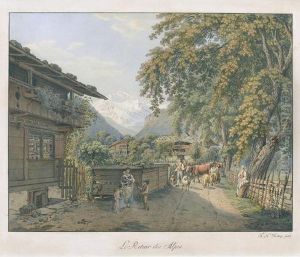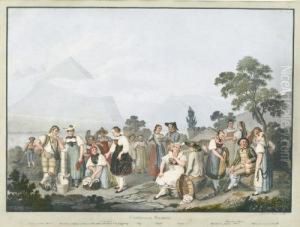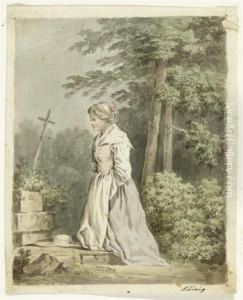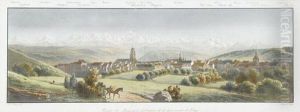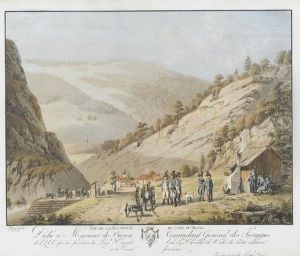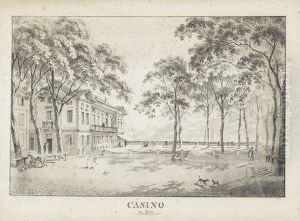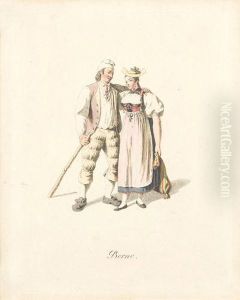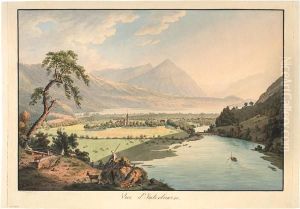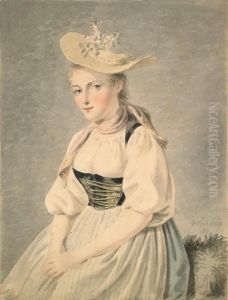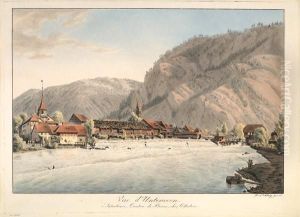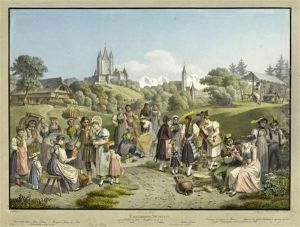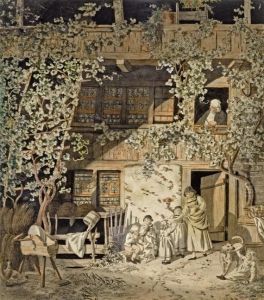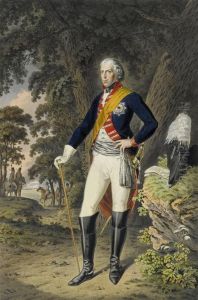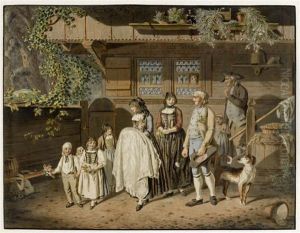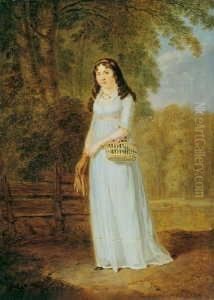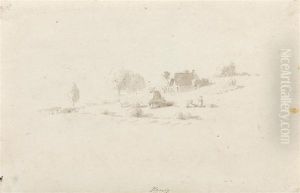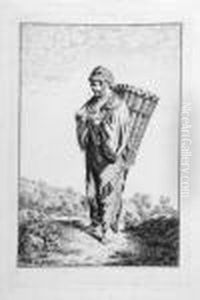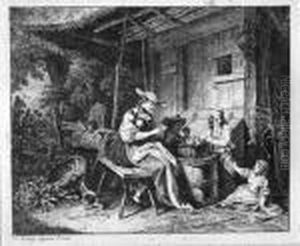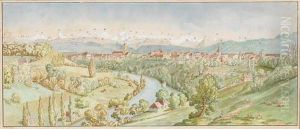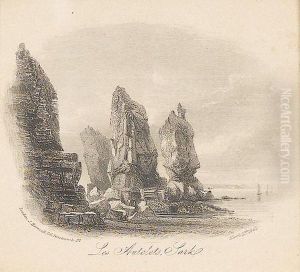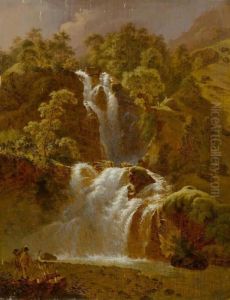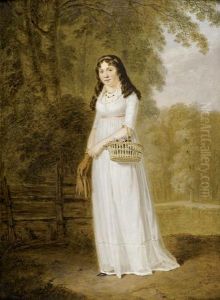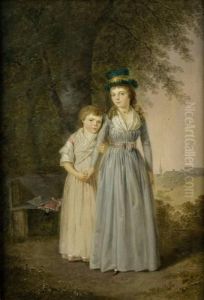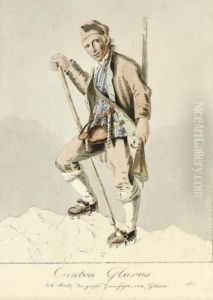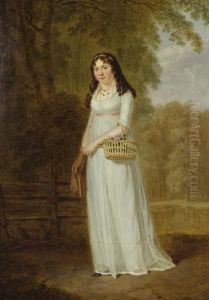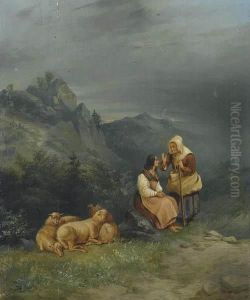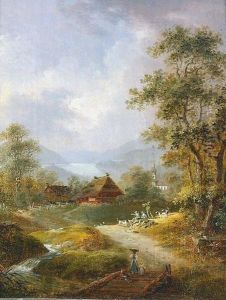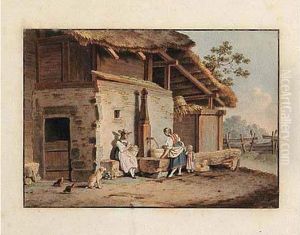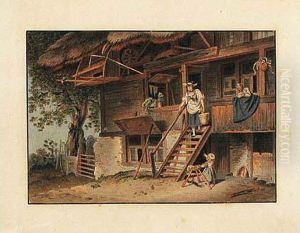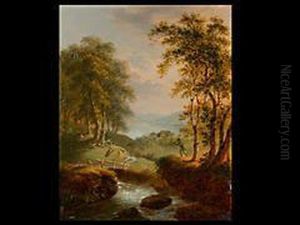Franz Niklaus Konig Paintings
Franz Niklaus König was a Swiss painter born on March 9, 1765, in Unterseen near Interlaken. He was known for his landscape paintings, portraits, and genre scenes. Initially trained by his father, who was also a painter, König went on to further his education in art under the guidance of Johann Heinrich Füssli, a notable Swiss painter who was active in England.
König's early works were influenced by the Dutch and Flemish masters, as well as by the Swiss painter Caspar Wolf, who was known for his Alpine landscapes. König's own work often depicted the natural beauty and rural life of the Swiss countryside, which he captured with a keen eye for detail and a deep appreciation of the landscape.
In 1784, König traveled to Paris, where he was exposed to the works of contemporary French artists and the classical art of the French Academy. This experience broadened his artistic perspective and refined his technique. After his time in Paris, he returned to Switzerland and became one of the country's most prominent artists.
Throughout his career, König was commissioned to create artworks for various patrons, including members of the Swiss government and the aristocracy. His portraits were particularly appreciated for their realistic depiction and character insight.
Franz Niklaus König also contributed to the cultural life of Switzerland by becoming a member of the Helvetic Society, a group that promoted the arts and sciences in the country. He actively participated in exhibitions and was a respected figure within the Swiss art community.
König's legacy includes not only his paintings but also his influence on other Swiss artists. He was a teacher to several younger artists who would go on to become significant figures in Swiss art history.
Franz Niklaus König passed away on April 10, 1832, in Bern. His body of work continues to be celebrated for its contribution to Swiss art and for its portrayal of the natural landscape and the people of Switzerland during his time.
